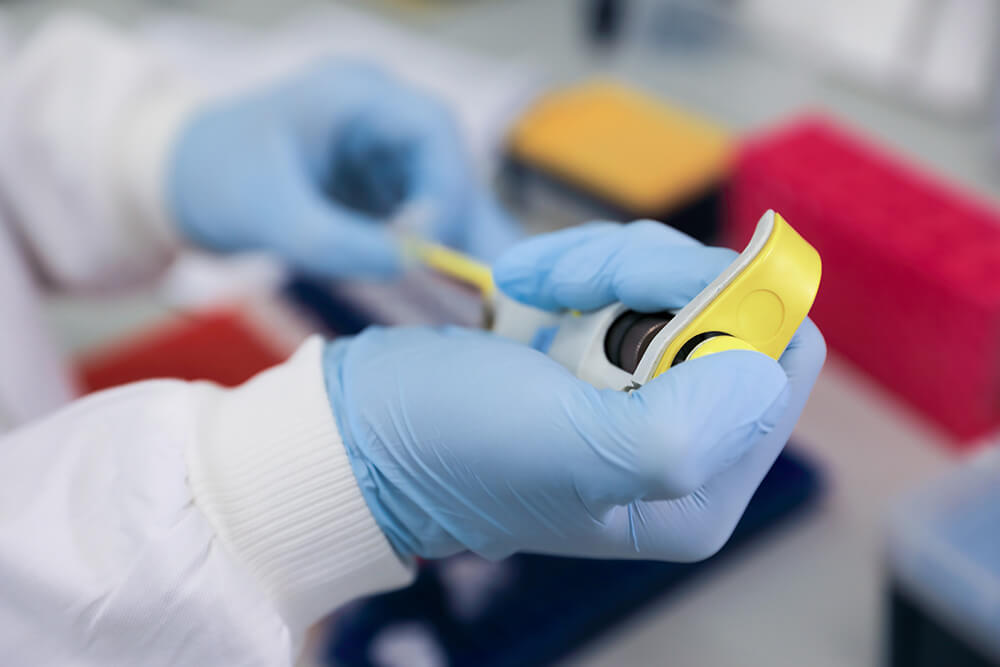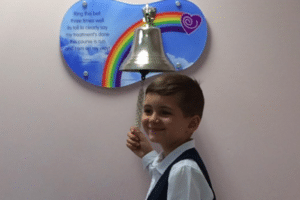Childhood Cancer Facts and Figures
Childhood cancer Statistics
How common is childhood cancer for those aged 0-14 years in the UK? Find out more below.
Childhood cancer statistics (How common is childhood cancer)
- Childhood cancer is rare – around 1,645 new cases are diagnosed every year in the UK (in children aged 0-14 years)
- Childhood cancers account for less than 5% of all cancers in the UK
- This means that around one child in 500 will develop some form of cancer by the age of 14 years
- For girls in the UK, there are around 840 new cancer cases in the UK every year (2016-2018)
- For boys in the UK, there are around 990 new cancer cases in the UK every year (2016-2018)
- The incidence of childhood cancer is on the rise in the UK, increasing by 15% between 1993-1995 and 2015-2017. Some of this increase is thought to be due to improvements in diagnosis and registration. In 2022, there were 346,217 new cases of cancer diagnosed in England . The number of cancer diagnoses increased each year since 1995, except for 2020 – a decrease which is likely to be due to the disruption of cancer diagnostic pathways during the coronavirus pandemic.
- For cancers in girls, age standardised (AS) incidence rates in the UK increased by 18% between 1993-1995 and 2015-2017 whereas for boys these rates increased by 13% between in the same period
- Over the last decade in the UK (between 2005-2007 and 2015-2017), AS incidence rates for cancers in children (girls and boys combined) increased by 10%. In girls AS incidence rates increased by 12% and in boys, rates increased by 8%
- The highest incidence rates for all children’s cancers combined are in the under-fives for both sexes, with almost half (46%) of all cases in children being diagnosed in this age group (UK, 2015-2017). This pattern varies greatly by cancer type. Leukaemia is the most common type of cancer in children (0-14 years old) – accounting for ~1/3 of all cases in this age group. Cancer is more common in young males than young females – ~1 in 420 boys under the age of 15 develop cancer.
Childhood cancer survival rates
The past few decades have seen dramatic improvements in the outlook for children diagnosed with cancer.
Fifty years ago, three-quarters of children diagnosed with cancer died; today more than 8 in 10 (84%) children diagnosed with cancer in Great Britain survive their disease for five years or more.
Overall new cancer diagnoses in England at stage 1 or 2 increased from 52.3% in 2020 to 54.4% in 2021. Specifically, early, new cancer diagnoses for Asian people was 56.4% and 56.2% for black people – higher than the overall England average.
- A child who is still alive five years after diagnosis is generally considered to be cured but some children do relapse (and die) after five years
- 8 in 10 (80%) of children diagnosed with cancer in Great Britain survive their disease for ten years or more (2007-11)
- By the end of 2012 it was estimated that there were at least 33,000 people in the UK who are alive having previously been diagnosed with a childhood cancer and who survived their cancer for at least five years
- Cancer survival is similar for children whatever age they are diagnosed
- Survival for children’s cancers is improving and has more than doubled in the last 40 years in Great Britain. In the 1970s, more than a third of children diagnosed with cancer survived their disease beyond ten years, now it’s over three-quarters
- At least 15,000 more children have survived their cancer than would have done if survival had remained as it was in the 1970sThe past few decades have seen dramatic improvements in the outlook for children diagnosed with cancer.
- There were around 550 cancer deaths in children, teenagers and young adults in the UK in 2018 – this averages to 1-2 deaths per day in this age category.
- Cancer is the current leading cause of death in children aged 1 – 9 in England & Wales.
- The % of Children surviving cancer diagnoses is increasing – 78% of children and young people diagnosed in 1997 to 2001 survived for at least five years. This went up to 86% for those diagnosed in 2012 to 2016
- The cancers with the highest survival rates in children in the UK are:
- Hodgkin’s lymphoma
- Retinoblastoma
- Germ cell tumors
- Skin cancers
- Thyroid cancers
- Over 90% of these patients survived 5 years following diagnosis.
Survival rates vary considerably between different types of childhood cancer and by age and gender (figures quoted below are five-year rates):
- Childhood 5-year survival rate of retinoblastoma in England is 99%. Survival can be at the expense of losing an eye, or if not the eye, then the vision in the affected eye. Sometimes retinoblastoma is bilateral (both eyes) – and vision in both eyes may be lost
- Lymphomas have a high overall survival rate of 93%; within this, survival from Hodgkin lymphoma is 96%, and from non-Hodgkin lymphoma 90%
- Leukaemia has an overall survival rate of 88%; within this, acute lymphoblastic leukaemia (ALL), the most common form, has a survival rate of 90% and acute myeloid leukaemia (AML), 65%
- Brain tumours have an overall survival rate of 77%, but because they are one of the most common tumour types, they account for the highest number of deaths. There are a number of different types of brain tumours; some have a reasonably high survival rate whilst others still have a very poor outlook
- Of the main childhood cancer types, neuroblastoma and bone tumours have the worst outlook. Childhood 5-year survival rates in England for neuroblastoma and bone tumours are 70% and 71% respectively. They have the worst survival outlook compared to other cancers.
Childhood cancer mortality
- Around 250 children in the UK, aged 0-14 years, lose their lives to cancer every year. This figure is for 0-14 years – the figure including teenagers and young people is 550.
- Cancer in children accounts for less than 1% of all cancer deaths in the UK (2016-2018). In addition, around 270 young people (aged 15-24 years) die every year from cancer, that’s nearly 1 every day.
- Over the last decade, mortality rates for cancers in children have decreased by 21% in the UK. Rates in boys have decreased by 22%, and rates in girls have remained stable
- Malignant brain tumours, other central nervous system (CNS) and intracranial tumours account for more than a third of all childhood cancer deaths in the UK
Age distribution of childhood cancers
Different types of childhood cancer are more common at different ages.
Some types of cancer – including embryonal tumours (such as neuroblastoma, retinoblastoma and Wilms’ tumour) and acute lymphoblastic leukaemia (ALL) – occur most commonly in the under-5s.
Other cancers, such as bone tumours, are very rare in younger children, increasing in incidence with age and peaking in adolescence.
These statistics were provided by Cancer Research UK (September 2021).

Topics on this page
Related topics
We have lots of information to help you learn more about childhood cancer. From specific cancer types, to treatments and causes.

Children with Cancer UK Monthly Newsletter
Every month, we send you our most important news and updates, exclusive patient stories, and fundraising opportunities you can sign…
Read more Children with Cancer UK Monthly Newsletter
Christmas Wishes Appeal
No more Christmases with Cancer. That’s our wish, will you make it yours? With only 2% of UK cancer funding…
Read more Christmas Wishes Appeal
Real Stories
Real Stories We’re working to get childhood cancer the attention it needs There are many reasons why childhood cancer isn’t…
Read more Real StoriesChildhood Cancer Stories
Childhood Cancer Stories After hearing the words ‘your child has cancer’, it’s normal to feel lost. You may have many…
Read more Childhood Cancer StoriesMedia Centre
Media Centre We are happy to work with journalists and answer queries on childhood cancer, research, welfare projects, our fundraising…
Read more Media CentreView All Events
View All Events Explore our upcoming events and see how you can get involved in raising vital funds for childhood…
Read more View All EventsEvery Step Newsletter Update
We couldn’t do it without you Welcome to your Every Step newsletter which has been created for our wonderful supporters…
Read more Every Step Newsletter UpdateSearch

Gifts in Will
Gifts in Wills Give hope to children with cancer with a gift in your Will By leaving a gift of…
Read more Gifts in WillResearch Hub
Research hub Pioneering science and innovation in cancer research is in our DNA We’ve seen first hand how even a…
Read more Research Hub